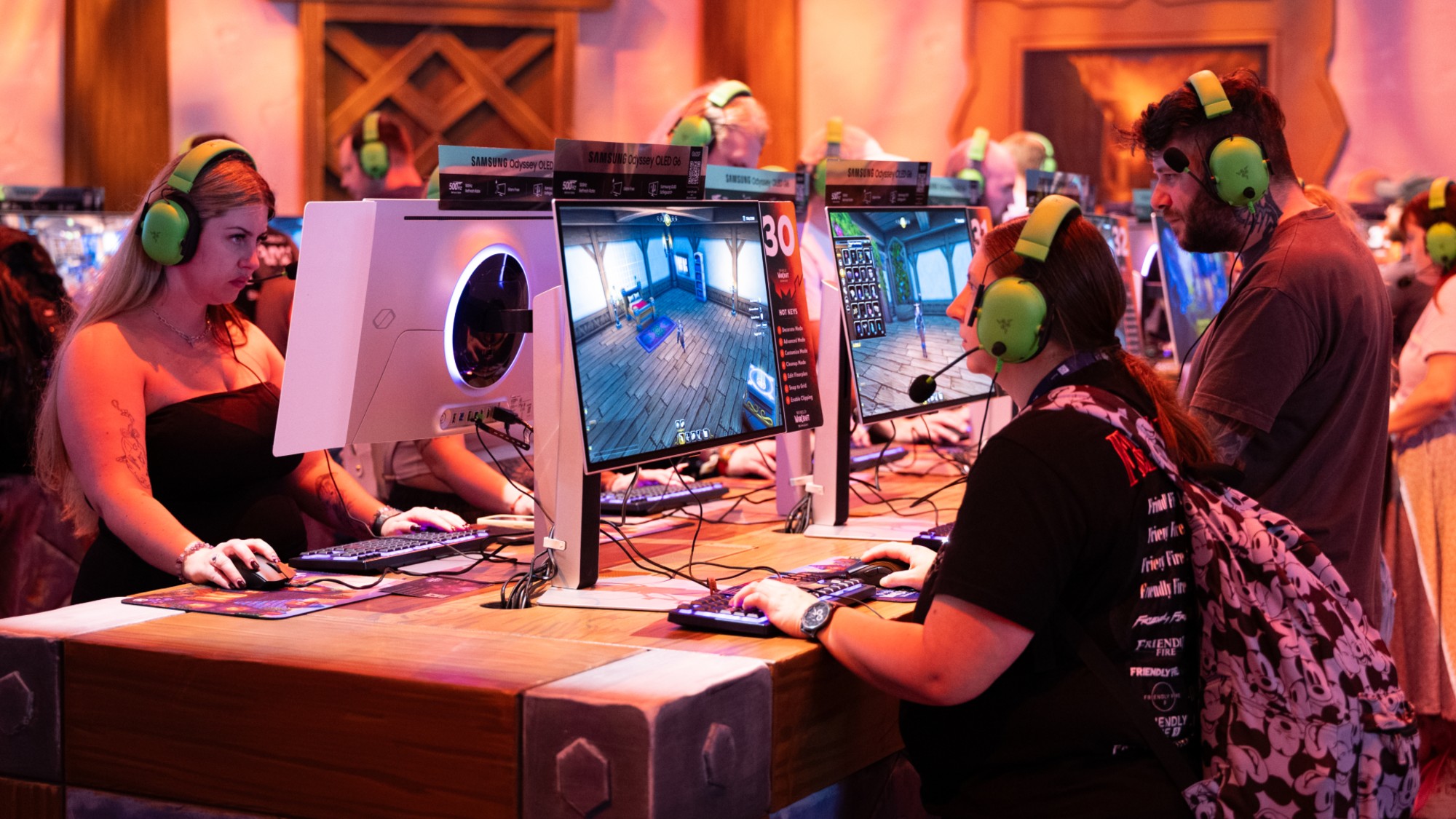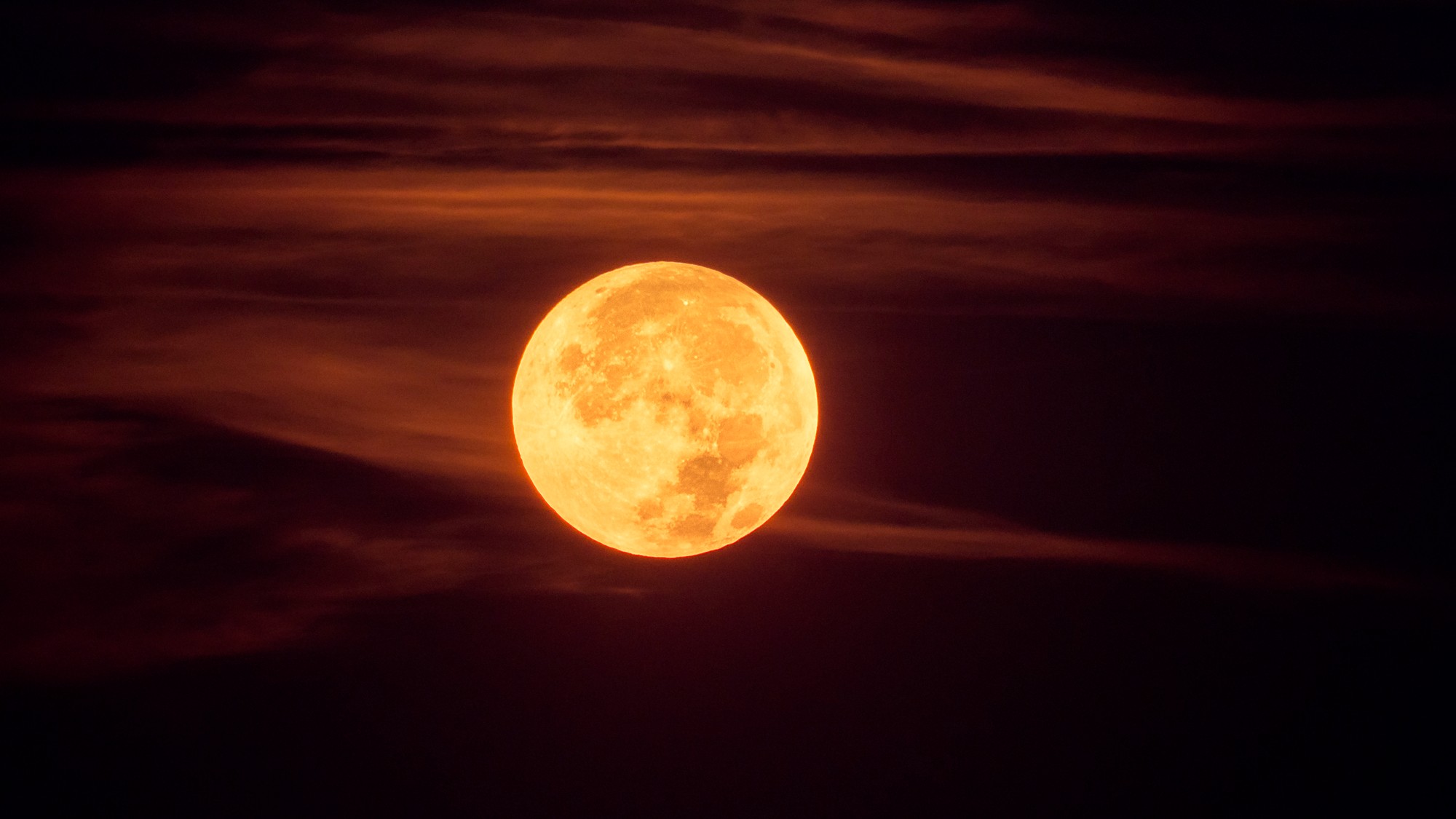The space mission launched to protect Earth
Nasa scientists announce successful lift-off in first stage of bid to prevent catastrophic asteroid collision

A first-ever space mission to avert the potential threat of an asteroid collision wiping out life on our planet has launched successfully, Nasa has announced.
Carried aboard a SpaceX-owned Falcon 9 rocket, the Dart (Double Asteroid Redirection Test) spacecraft lifted off from Vandenberg Space Force Base in California on Wednesday morning. Never before “in human history has our species tried to knock an asteroid away from our world”, said The New York Times (NYT).
The “refrigerator-size” probe, which weighs less than 550kg, “will trek around the Sun to slam into a small asteroid named Dimorphos at 15,000 miles per hour next year”, the paper reported.
The Week
Escape your echo chamber. Get the facts behind the news, plus analysis from multiple perspectives.

Sign up for The Week's Free Newsletters
From our morning news briefing to a weekly Good News Newsletter, get the best of The Week delivered directly to your inbox.
From our morning news briefing to a weekly Good News Newsletter, get the best of The Week delivered directly to your inbox.
The spacecraft is expected to collide with Dimorphos, which orbits a bigger astroid called Didymos, between 26 September and 1 October 2022.
According to The Guardian, “cameras mounted on the impactor and on a briefcase-sized mini-spacecraft to be released from Dart about ten days beforehand will record the collision and beam images of it back to Earth”.
Dart project manager Ed Reynolds told a news conference on Monday that the pair of asteroids, which are about 6.8m miles from Earth, provide the “perfect environment to test this methodology”.
This week's lift-off was shown live on Nasa TV and on the SpaceX Twitter account, and has been celebrated worldwide. The mission is “packed with milestones”, said space.com, “especially in the first few weeks after launch”.
A free daily email with the biggest news stories of the day – and the best features from TheWeek.com
“The Dart team won't be twiddling its thumbs until the big collision,” the site continued. Another in a series of planned big moments “will come about 20 days into flight”, when they fire up Nasa's Evolutionary Xenon Thruster-Commercial (NEXT-C) engine, “a solar-powered ion propulsion system that could find its way onto future spacecraft”, for its first in-space test.
The main mission, to deflect an asteroid, is “a dry run for the real deal”, said Scientific American. “One day, a technological descendant of Dart could be used to deflect a planet-threatening space rock, saving millions – perhaps billions – of lives in the process.”
The odds of such a collision impacting an asteroid’s orbit are “100%”, said Dart’s Reynolds. But much still depends on whether the spacecraft can hit its target. “We keep working harder and harder not to miss,” he added.
If the intended Dart collision were to fail, the spacecraft should have enough fuel to make a new attempt on a different space rock.
If successful, Nasa will have “a confirmed weapon in its planetary-defence arsenal”, said the NYT.
But “there are no silver bullets in planetary defence”, Scientific American cautioned. “The bizarre and variable geology of asteroids may serve to rebuff our deflection attempts, our network of early-warning telescopes is rife with gaping observational holes, and the politics of deciding who can try to deflect an inbound impactor are fraught with uncertainty”.
Yet there is no doubt that Dart “represents a major step forward”, the magazine added.
.
Julia O'Driscoll is the engagement editor. She covers UK and world news, as well as writing lifestyle and travel features. She regularly appears on “The Week Unwrapped” podcast, and hosted The Week's short-form documentary podcast, “The Overview”. Julia was previously the content and social media editor at sustainability consultancy Eco-Age, where she interviewed prominent voices in sustainable fashion and climate movements. She has a master's in liberal arts from Bristol University, and spent a year studying at Charles University in Prague.
-
 ‘They’re nervous about playing the game’
‘They’re nervous about playing the game’Instant Opinion Opinion, comment and editorials of the day
-
 Will Netanyahu get a pardon?
Will Netanyahu get a pardon?Today's Big Question Opponents say yes, if he steps down
-
 December’s books feature otherworldly tales, a literary icon’s life story and an adult royal romp
December’s books feature otherworldly tales, a literary icon’s life story and an adult royal rompThe Week Recommends This month's new releases include ‘The Heir Apparent’ by Rebecca Armitage and ‘Tailored Realities’ by Brandon Sanderson
-
 Blue Origin launches Mars probes in NASA debut
Blue Origin launches Mars probes in NASA debutSpeed Read The New Glenn rocket is carrying small twin spacecraft toward Mars as part of NASA’s Escapade mission
-
 ‘The Big Crunch’: why science is divided over the future of the universe
‘The Big Crunch’: why science is divided over the future of the universeThe Explainer New study upends the prevailing theory about dark matter and says it is weakening
-
 The moon is rusting
The moon is rustingUnder the radar The Earth is likely to blame
-
 Panspermia: the theory that life was sent to Earth by aliens
Panspermia: the theory that life was sent to Earth by aliensUnder The Radar New findings have resurfaced an old, controversial idea
-
 Africa could become the next frontier for space programs
Africa could become the next frontier for space programsThe Explainer China and the US are both working on space applications for Africa
-
 NASA reveals ‘clearest sign of life’ on Mars yet
NASA reveals ‘clearest sign of life’ on Mars yetSpeed Read The evidence came in the form of a rock sample collected on the planet
-
 SpaceX breaks Starship losing streak in 10th test
SpaceX breaks Starship losing streak in 10th testspeed read The Starship rocket's test flight was largely successful, deploying eight dummy satellites during its hour in space
-
 NASA is moving away from tracking climate change
NASA is moving away from tracking climate changeThe Explainer Climate missions could be going dark